I’ve heard the stories. A sister dying in Ireland a minute after her brother died in Australia (they say he picked her up on his way by). An otherwise healthy mother dying the day after her daughter (think Debbie Reynolds and Carrie Fisher). Apparently there is such a thing as broken heart syndrome. Back in 1990 Japanese researchers called it Takotsubo syndrome. It’s also known as the widowhood effect. It’s got something to do with the heart being assaulted by a sudden, massive release of stress hormones. It’s like a heart attack, except that the arteries are fine.
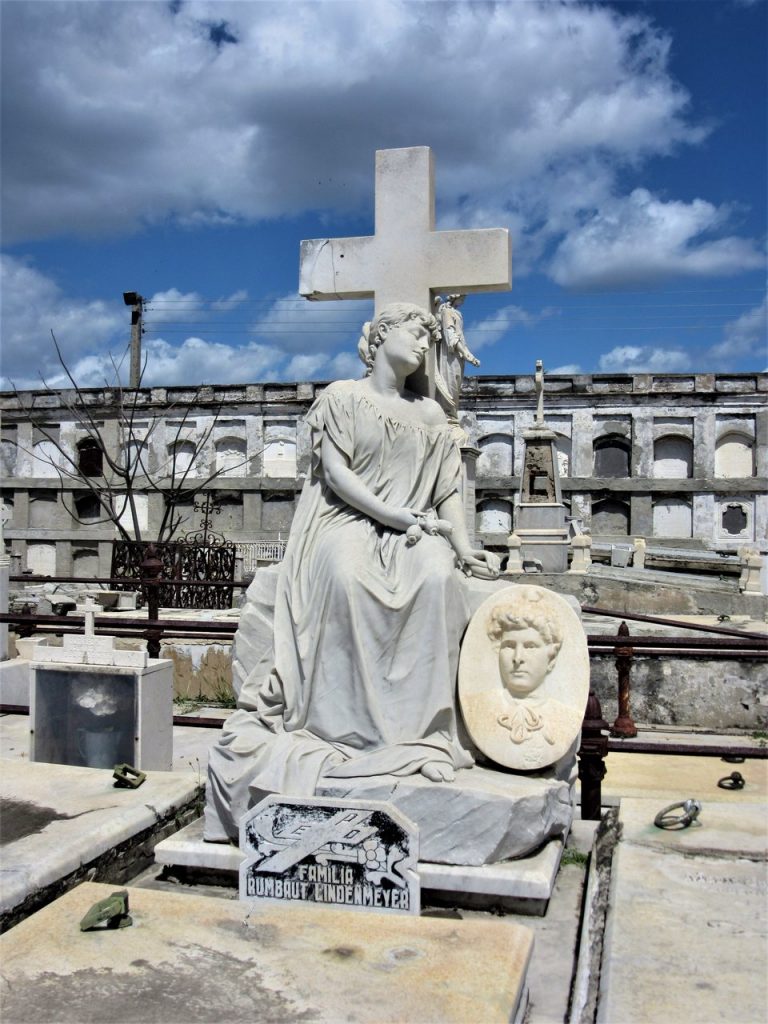
In Cienfuegos, in Cementerio de la Reina (Cemetery of the Queen) sits the grave of a 24-year-old-woman who supposedly died of a broken heart back in 1907. La Bella Durmiente. The sleeping beauty.
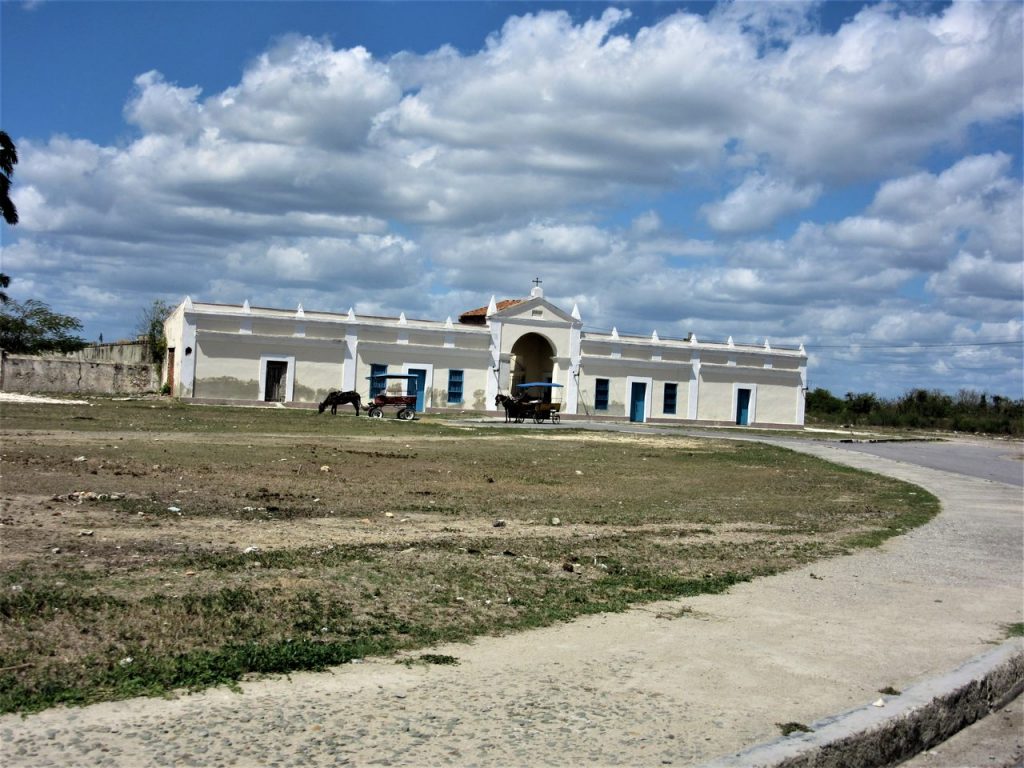
The cemetery, named after Queen Isabella of Spain, opened its ground in 1837. It’s on the other side of town – far from the yacht club and the villas. And sitting as it does in what looks like the middle of a nowhere trying to be a somewhere, adds to its otherness. It’s not nearly as impressive in terms of notable notables or statuary as the Colón in Havana, but it’s got more by way of atmosphere and personality. Colón is like a rich debutante, outwardly confident and inwardly uncertain, whereas La Reina is more like a middle-aged beauty comfortable in her own skin. And she’s definitely a she; statues of men are few and far between. [The last time this struck me about a cemetery was in Milan.]
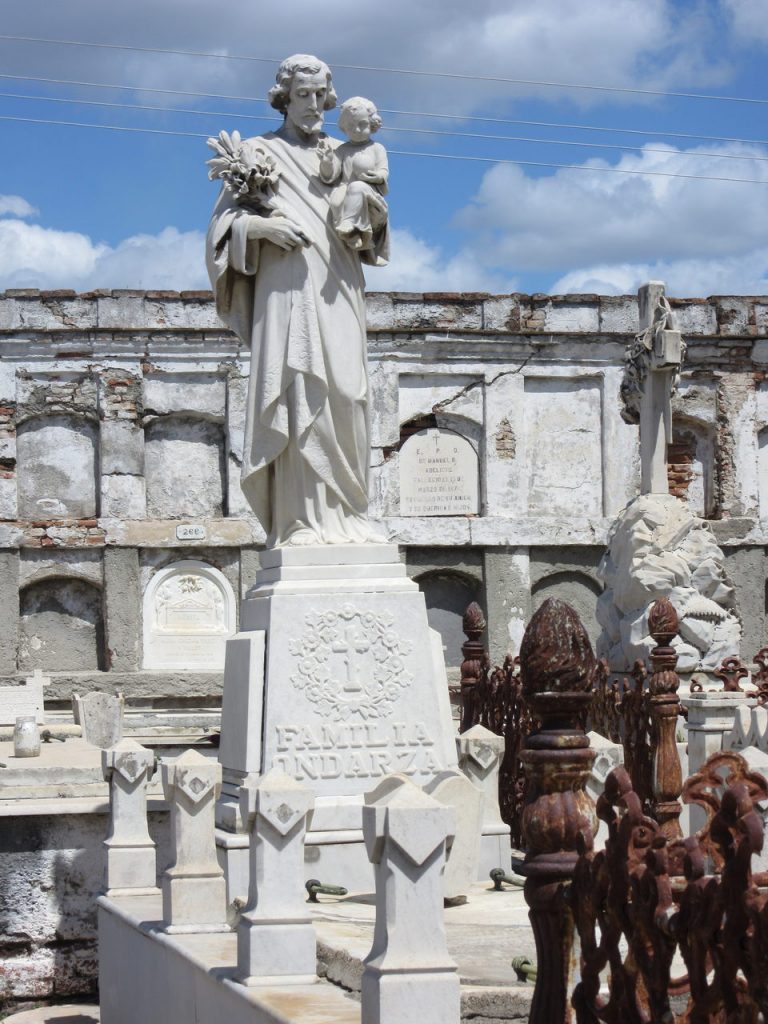
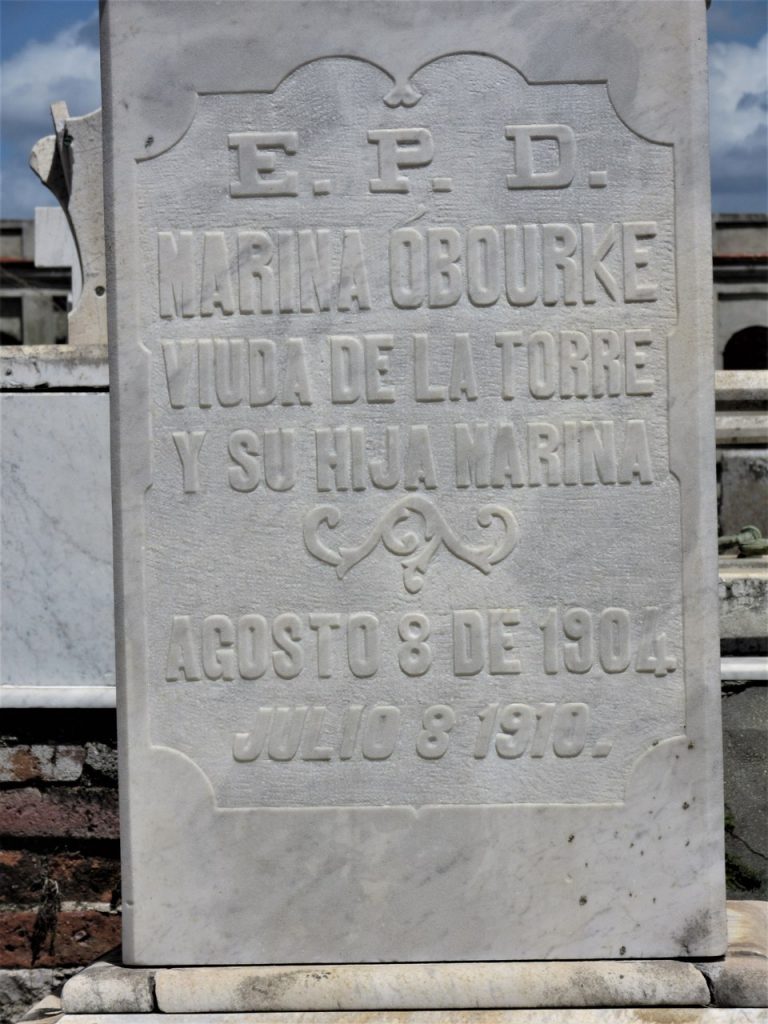
A local woman, perhaps a cemetery employee, asked where we were from. When we said Ireland, she took us to an Irish grave. I wondered what she’d have done had we said Hungary. But Irish? In Cuba? From the 1800s? How did that happen?
Back in the 1820s, the sugar industry was booming. Slavery was big. The plantation owners wanted to boost their numbers and have more white guys on hand to keep the slaves in check. So, get this: the Council for White Population went to Maryland, Louisiana, and Pennsylvania and rounded up a few hundred Irish, along with French and Canary Islanders, and tempted them to come start the ‘white colony’ of Cienfuegos.
Marina was the daughter of Limerick man, John O’Bourke, who was one of the Irish to take the Council up on its offer. He married locally and in true Irish form, had ten children. He called his plantation Nueva Hibernia and was known around the place as Juan. On his death, the plantation was sold, although Juan Jnr still had a share in it and was himself administrator of another plantation worked by 500 slaves.
Marina, one of the daughters (I think of Juan Jnr), was an abolitionist. She owned one domestic slave, Matilde, whom she would later help buy her freedom. Once free, and funded by Marina, Matilde herself became a wealthy property owner, lending money, in turn, to Cabildo Real Congo, a black mutual-aid society. Like her former mistress, she, too had a social conscience and worked tirelessly towards racial equality in the new independent Cuban.
Of course, we missed Barrio O’Bourke, where the family settled and were I to go back, it’d be on my list of places to see. Needless to say, I found out all of this back at my desk in Googleland and see from the comments on Mapping the Irish in Cuba, that a certain Don Morfa of Yaguaramas is thought to have been a Murphy from home. Imagine. The things you learn.
With the remains of soldiers from the Spanish Wars of Independence buried above ground level in the walls, the world seemed well represented. It’s a beautiful spot. Definitely worth the effort. [Check this blog for some great photos.]
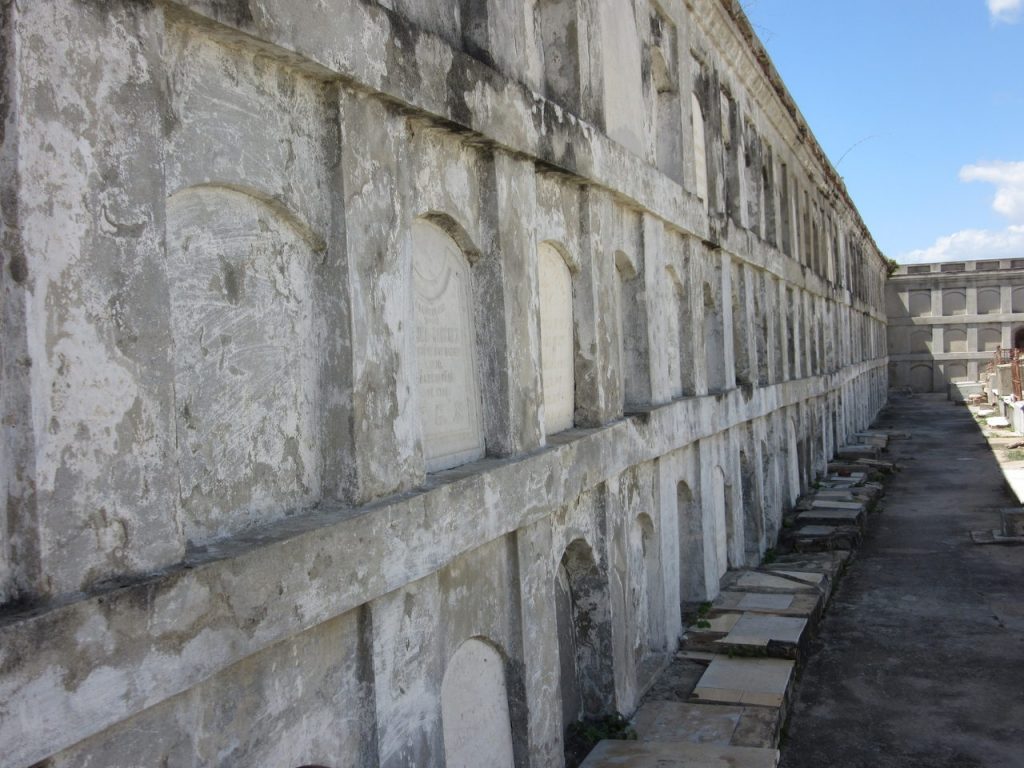
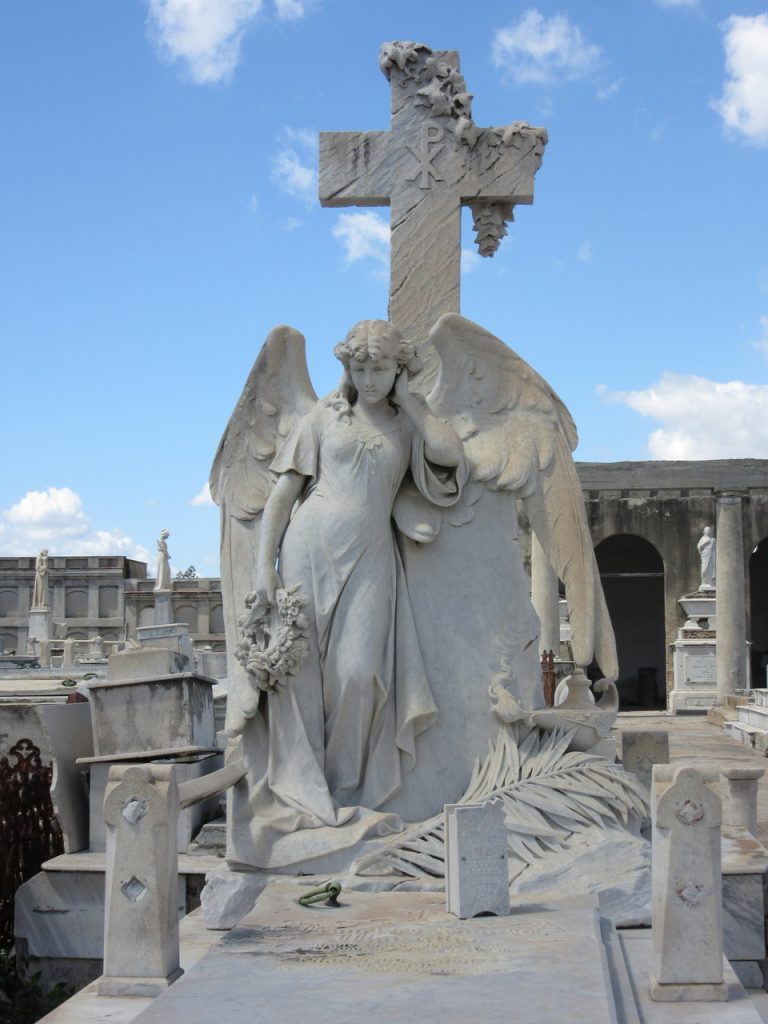
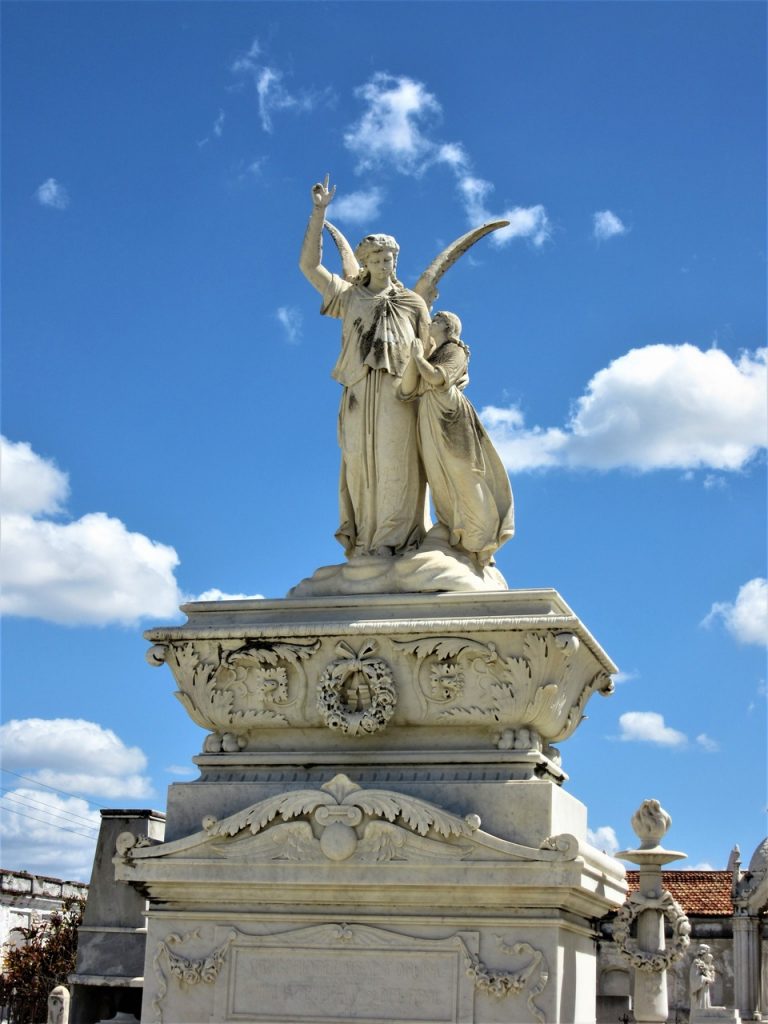
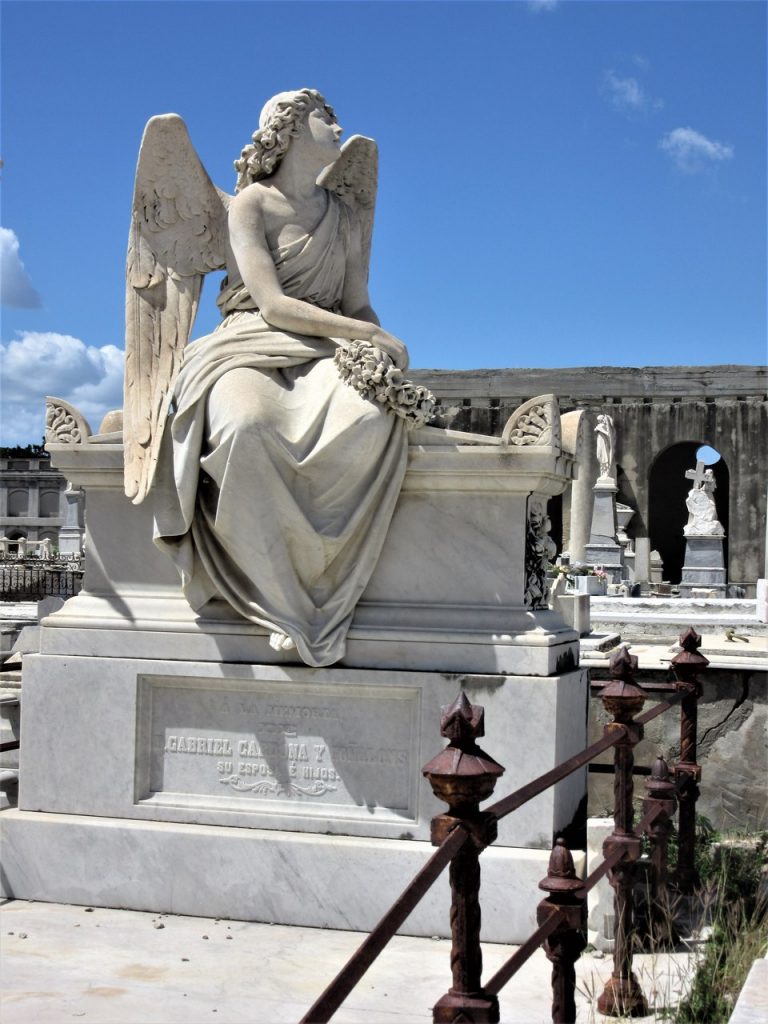
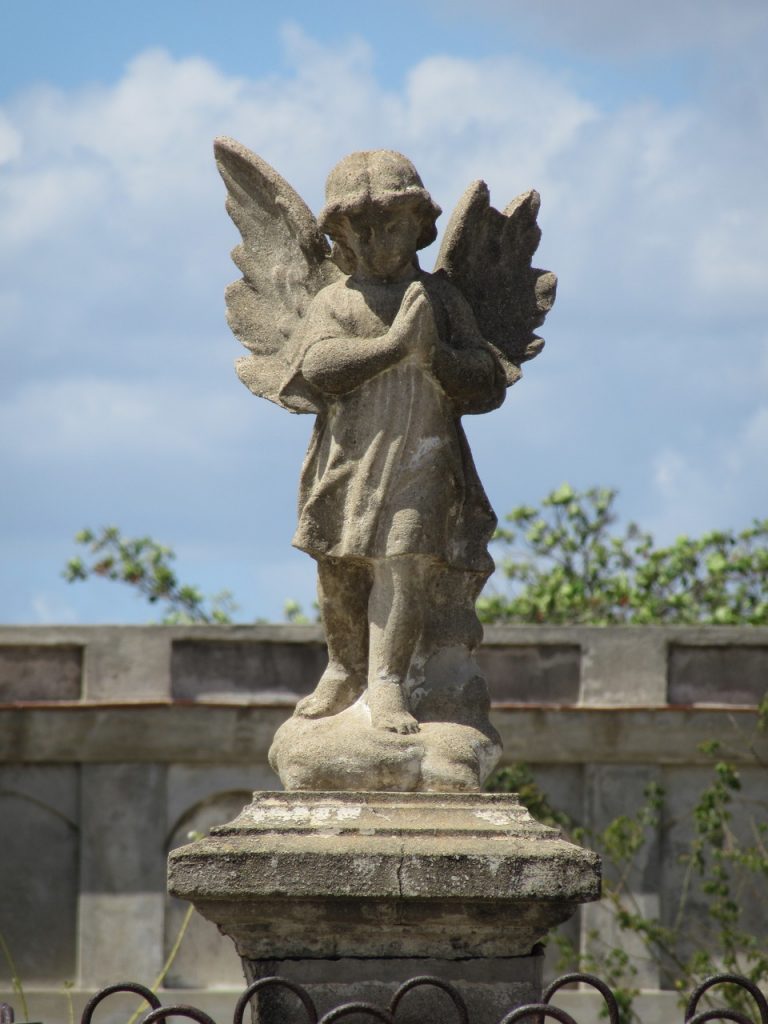
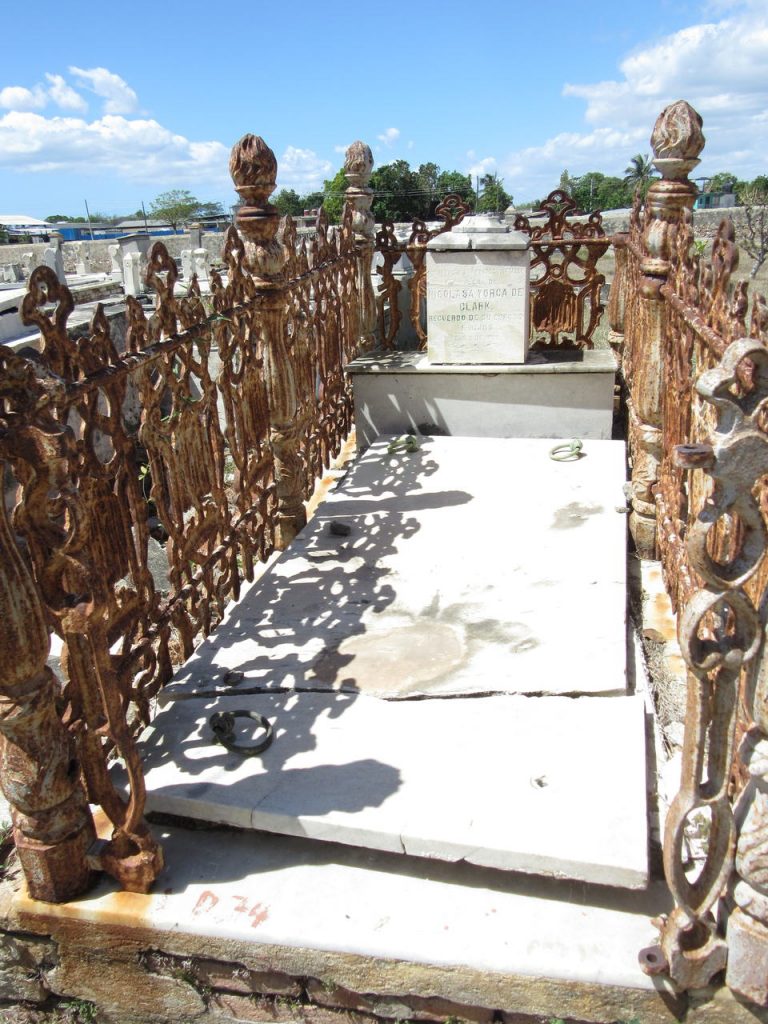
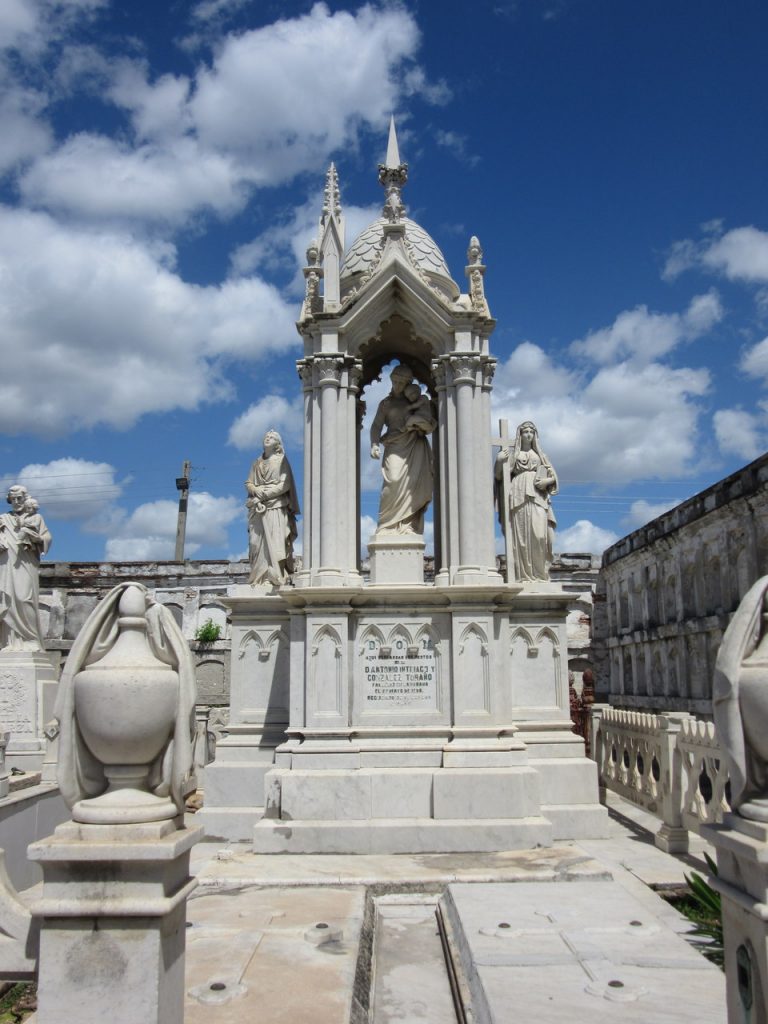
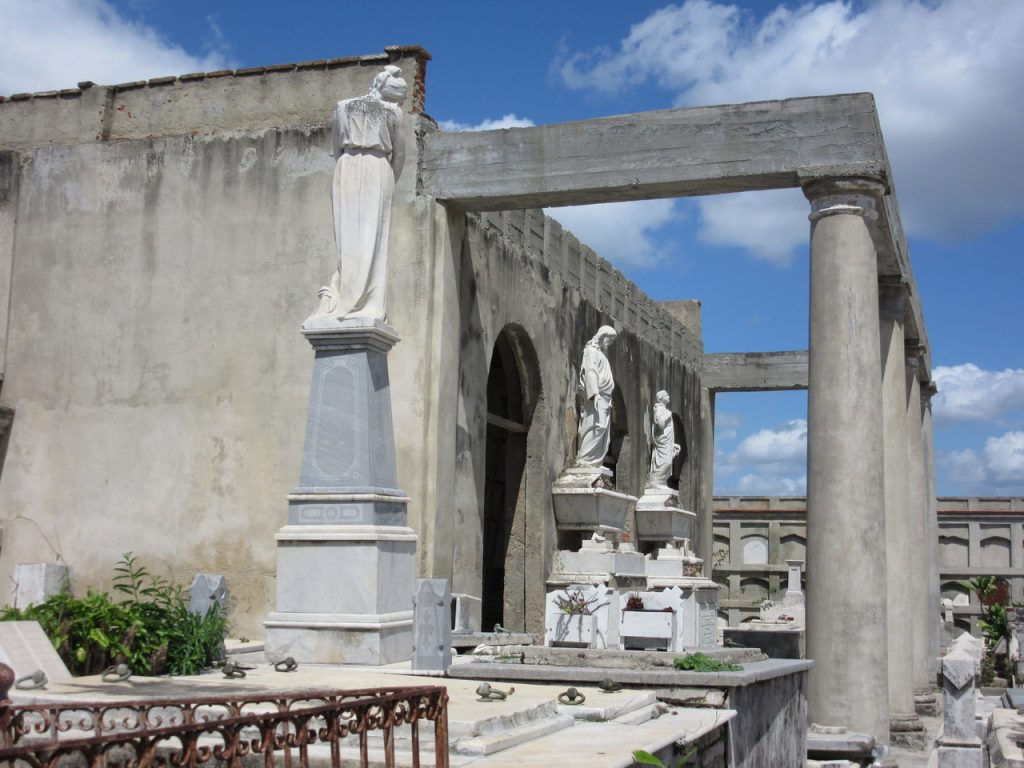
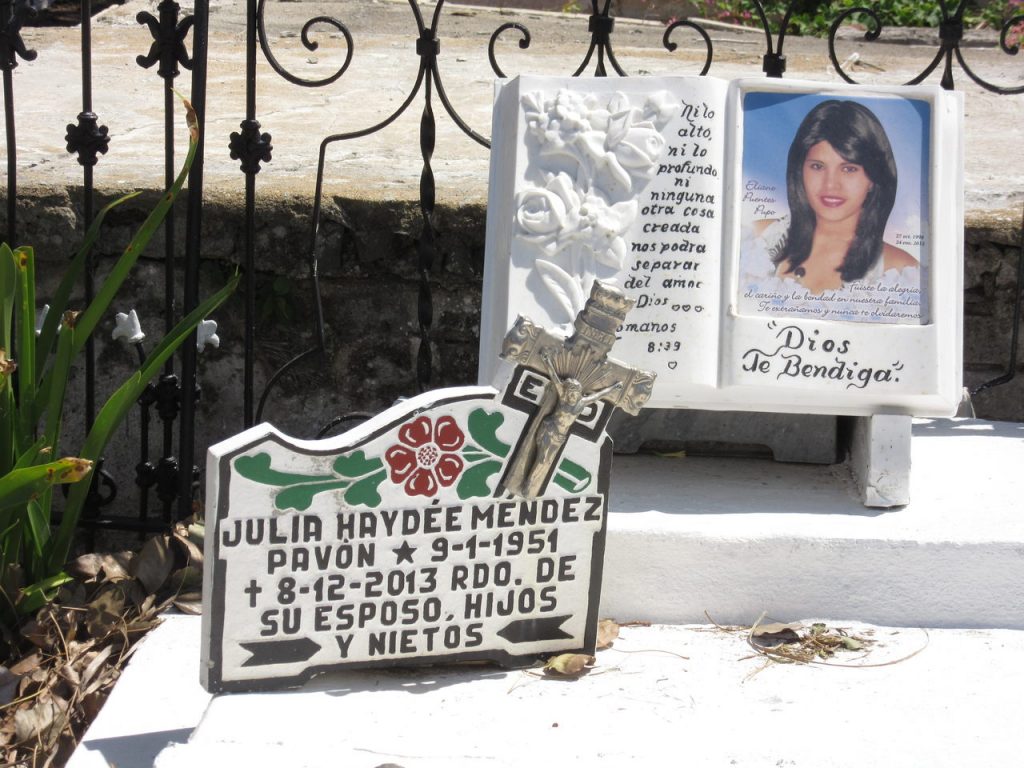
I’ve had a bad week. I’m still buggy. I feel like the Irish Sea is sloshing around in my head. I only ventured out when I absolutely had to and even then I was an embarrassment of tissues and phlegm. I never thought I’d hear myself say it, but this week, I’m grateful for the Internet and the wealth of information I can pull up in seconds. It really does open new worlds at the push of a button. And while my brain wasn’t able to concentrate on much by way of work, it benefited enormously from the between-headache educational dalliances with Google. In another life, I met Vint Cerf, one of the fathers of the Internet, and I met the inimitable Louis Pouzin, inventor of the datagram, and were I to meet them again, I might be a tad more effusive with my thanks.
Share this:
- Click to share on X (Opens in new window) X
- Click to share on Facebook (Opens in new window) Facebook
- Click to share on Pinterest (Opens in new window) Pinterest
- Click to share on LinkedIn (Opens in new window) LinkedIn
- Click to share on Reddit (Opens in new window) Reddit
- Click to share on WhatsApp (Opens in new window) WhatsApp
- Click to share on Pocket (Opens in new window) Pocket
- Click to share on Telegram (Opens in new window) Telegram
- Click to email a link to a friend (Opens in new window) Email



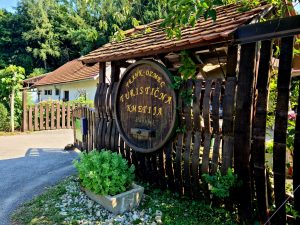



One Response
Not sure what it is with you and cemeteries, but interesting ! Hope you are feeling better.